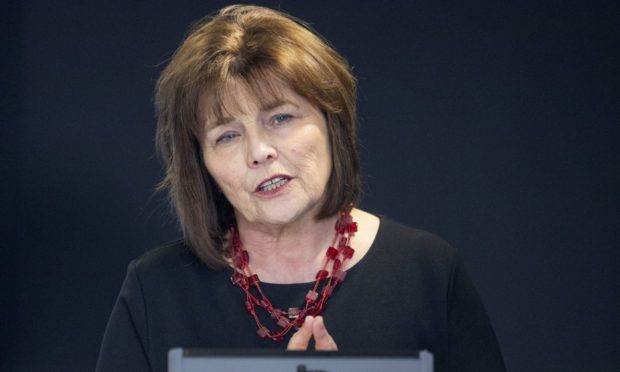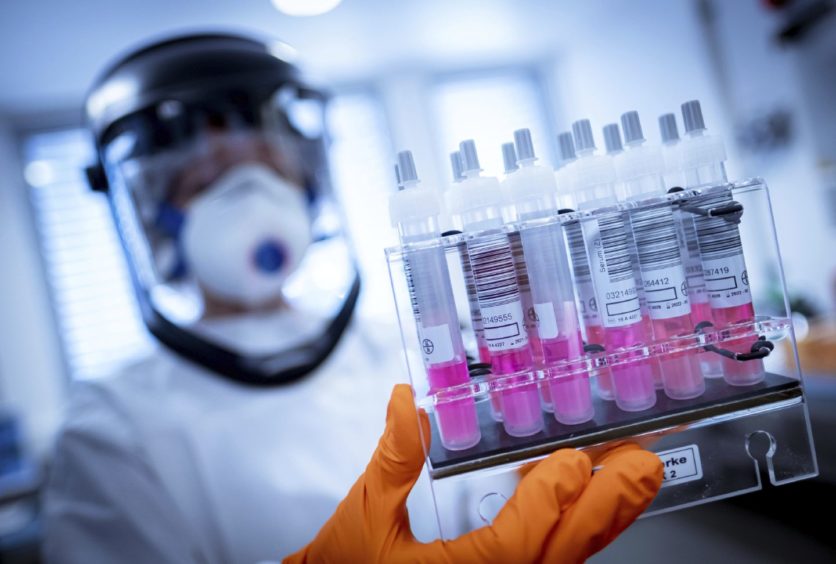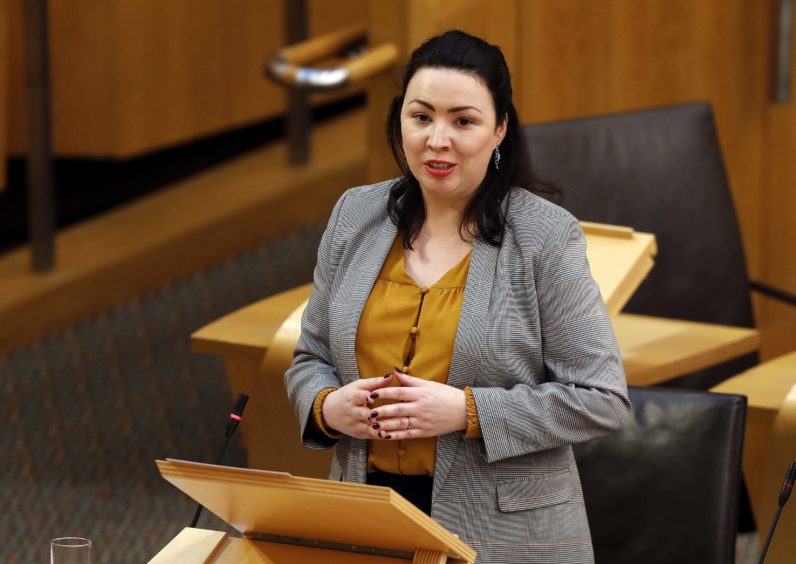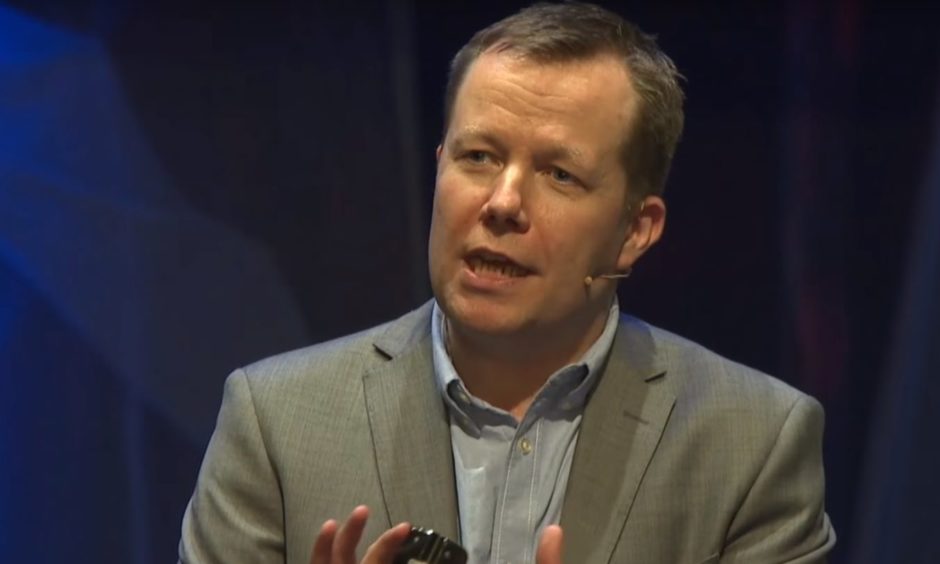Contact tracing technology will be piloted in three health board areas from Monday in the first major step towards introducing a test, trace, isolate and support policy in Scotland.
The scheme, which is expected initially to last two weeks, will allow NHS Fife, NHS Lanarkshire and NHS Highland to test out the software contact tracers will use to collect information they need digitally.
The Scottish Government said it will build on existing contact tracing technology in place across the NHS and will allow health boards to trace contacts in greater numbers and more quickly.
It said this is the first step in moving towards an extended test, trace, isolate and support (TTIS) approach, which will be used to keep transmission in communities low as the country moves out of lockdown.
The method consists of identifying cases of Covid-19, finding individuals the people they have been in close contact with, and then asking those individuals to self-isolate for at least 14 days to stop the disease spreading further.
Earlier this month, officials said testing and tracing would be “key” in the battle against the virus and any possible easing of measures. However, it has been revealed that despite 8,000 applications, no-one has yet been hired as a contact tracer.
The Scottish Government said 600 NHS staff members are now ready to take up the work as part of a process that will see 2,000 people recruited.
Health secretary Jeane Freeman said: “Technology will be an important tool to help us move towards the test, trace, isolate and support approach and safely exit lockdown.
As of 2pm today 87,660 people in Scotland have been tested for #coronavirus
73,123 confirmed negative
14,537 positive2,103 patients who tested positive have sadly died.
Latest update ➡️ https://t.co/bZPbrCoQux
Health advice ➡️ https://t.co/l7rqArB6Qu#COVIDー19 pic.twitter.com/Vx8OYWpfXC— Scottish Government (@scotgov) May 17, 2020
“The software we are developing in Scotland is built on a tried and trusted platform and will allow us to carry out contact tracing on a much larger scale than has been necessary until now.
“It will also focus on supporting public health teams to identify outbreaks and reduce transmission in high risk groups and settings by making it easier for staff to collect and record information.”
Speaking at the Scottish Government’s daily briefing in Edinburgh, Ms Freeman said the software will be rolled out to all health boards by the end of May if the pilot is successful and then enhanced further during June.
Latest figures show 2,103 patients in Scotland have died after testing positive for Covid-19, an increase of nine. The number of Covid patients in hospital fell by 108 overnight.
Scottish Labour’s health spokeswoman Monica Lennon said Ms Freeman has “serious questions to answer” over the failure to hire any contact tracers.
“Contact tracing should never have been abandoned,” she said.
“The cabinet secretary for health has been too slow to hire contact tracers despite clear demand for the role.”
However, Ms Freeman said it was always the first “prong of the strategy” to utilise existing NHS staff and then recruit further after relevant pre-employment and disclosure checks are completed.
“All of that work is under way and I am confident that we will get to that 2,000 number through that three-fold process but also with the help of other groups we are talking to, such as the St Andrew’s First Aid Service,” she said.
Meanwhile, Scotland’s clinical director Jason Leitch said the UK Government’s “proximity” app – which has been downloaded more than 55,000 times since being launched on the Isle of Wight – may not be adopted as part of the TTIS approach.
The Scottish Government has opted for a system of contacting people by telephone initially, and Mr Leitch said any such app would only be adopted in Scotland if it works and adds value – but he stressed it is not necessary for the TTIS approach.
Ms Freeman also announced the appointment of professor Marion Bain as an additional interim deputy chief medical officer for Scotland, alongside Dr Nicola Steedman whose appointment was announced in April.
Professor Bain is the Scottish Government’s former senior medical advisor for public health reform. Most recently, she has been working as the director of infection prevention and control at NHS Greater Glasgow and Clyde.



